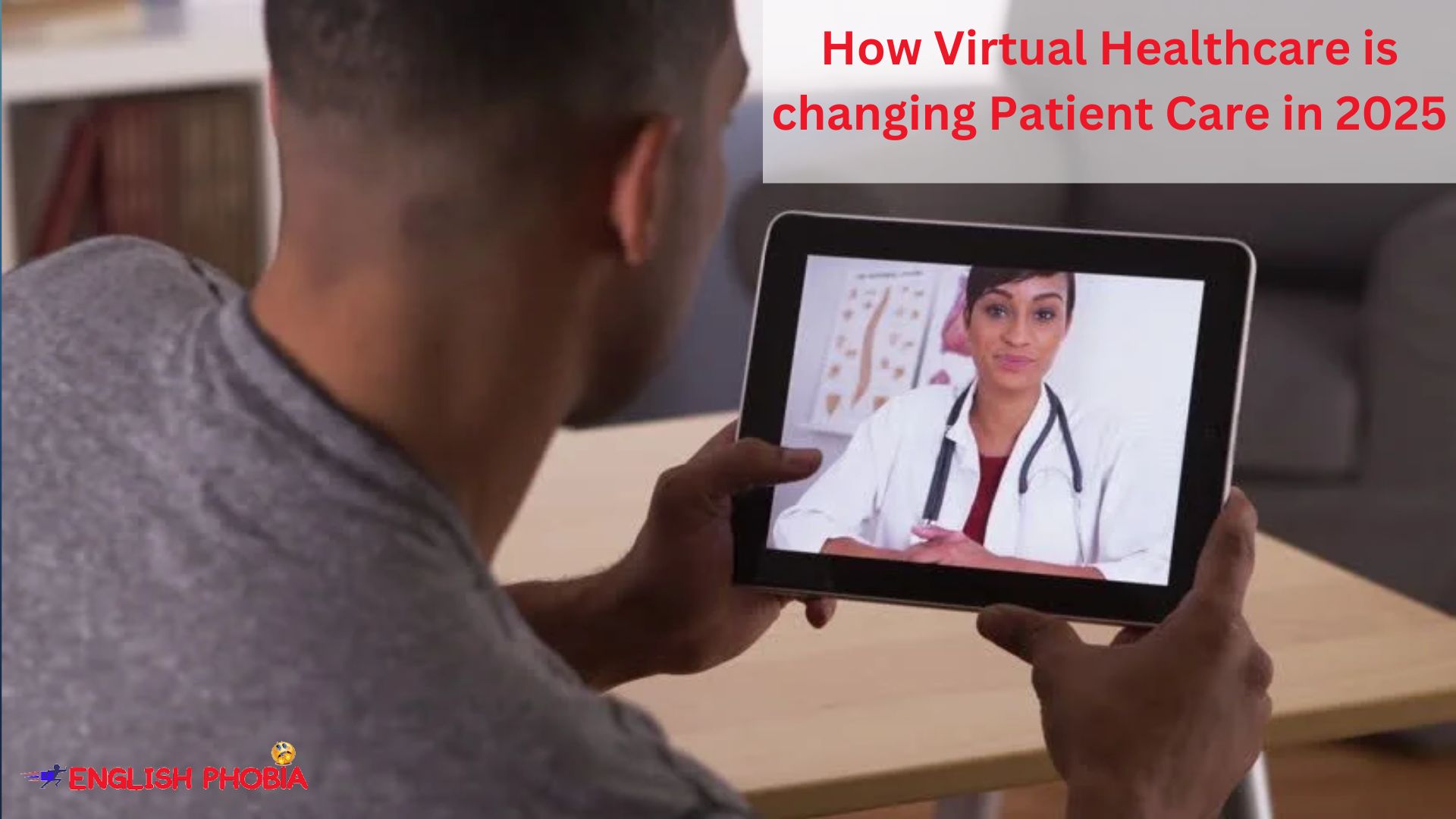Imagine consulting a doctor from the comfort of your home, receiving a diagnosis, and getting prescriptions without stepping into a clinic. The future of telemedicine is making this possible, transforming how healthcare is delivered. With rapid advancements in technology, virtual healthcare solutions are breaking barriers, offering remote patient monitoring, and ensuring better access to medical care globally.
Over the past few years, the telehealth industry growth has skyrocketed. It fastened by increasing internet access, improved AI-driven diagnostics, and the necessity for safe, contactless healthcare solutions, especially during the pandemic. According to the World Health Organization (WHO), over 60% of healthcare providers worldwide have integrated digital transformation in healthcare, making virtual consultations and remote patient monitoring more common than ever.
Let’s explore how telemedicine is changing healthcare and what we can expect in the near future.
What is Telemedicine & Why is it Growing?
Telemedicine refers to the use of digital technology to deliver healthcare services remotely. This can include virtual doctor consultations, remote monitoring of chronic conditions, and even AI-powered diagnostics.
Key Factors Driving Telehealth Industry Growth:
1) Convenience & Accessibility: Patients can consult specialists without long wait times or travel.
2) Cost-Effectiveness: Reduces hospital visits and associated expenses.
3) Technological Advancements: AI and wearable devices make remote patient monitoring easier.
4) Pandemic Acceleration: COVID-19 pushed the demand for safer, contactless medical care.
5) Government Support: Many countries now support telehealth regulations and reimbursements.
According to the American Telemedicine Association, virtual healthcare visits have increased by 38% year-over-year, indicating a strong upward trend.
The Role of AI in Telemedicine
Artificial Intelligence (AI) is playing a huge role in the future of telemedicine. AI-powered tools help diagnose diseases, predict patient outcomes, and improve treatment plans.
Examples of AI in Healthcare:
- Chatbots for Initial Diagnosis: AI-driven chatbots assess symptoms before a doctor consultation.
• AI-Based Image Analysis: AI scans X-rays, MRIs, and CT scans to detect abnormalities.
• Predictive Analytics: AI predicts potential health risks based on patient history.
Companies like IBM Watson Health and Google Health are pioneering AI in virtual healthcare to make diagnoses faster and more accurate.
Best Telehealth Platforms in the USA, UK & Canada
If you’re looking for reliable virtual doctor consultations, here are the top-rated telehealth services:
1️) Teladoc Health (USA): Leading platform offering 24/7 virtual healthcare solutions.
2️) Amwell (USA & Canada): Covers urgent care, therapy, and chronic disease management.
3️) Babylon Health (UK & Canada): AI-powered platform offering virtual GP consultations.
4️) Maple (Canada): Quick online doctor consultations with specialists.
5️) Push Doctor (UK): Provides online prescriptions and referrals.
These platforms have transformed the healthcare landscape, making it easier for patients to access medical professionals at any time.
How Telemedicine is Changing Healthcare
With digital transformation in healthcare, telemedicine is bringing numerous benefits to patients and medical professionals alike.
- Better Access to Specialists – Patients in rural areas can consult top doctors worldwide.
• Reduced Hospital Overcrowding – Less strain on emergency rooms and clinics.
• Improved Patient Engagement – Digital tools help patients track their health better.
• Faster Diagnosis & Treatment – AI and remote monitoring allow early detection of diseases.
• Lower Healthcare Costs – Virtual consultations are more affordable than in-person visits.
According to the Harvard Medical School, telemedicine benefits for patients include up to 50% lower medical costs and a 70% reduction in hospital visits for chronic disease management.
Challenges & Future Innovations in Telemedicine
While the future of telemedicine is promising, there are several challenges to overcome:
Challenges in Telemedicine:
- a) Data Privacy & Security Risks: Protecting patient information from cyber threats is critical.
b) Regulatory Barriers: Different countries have varying policies on virtual healthcare solutions.
c) Limited Internet Access: Rural areas may struggle with stable internet connections.
d) Technological Learning Curve: Older patients may find it hard to use telehealth platforms.
Future Innovations in Virtual Healthcare Solutions:
- i) 5G & Faster Internet: Improving connectivity for seamless virtual doctor consultations.
ii) Wearable Health Tech: Advanced smartwatches & devices for better remote patient monitoring.
iii) VR & AR in Healthcare: Virtual reality-based diagnostics & therapy sessions.
iv) Blockchain for Security: Secure patient data sharing between healthcare providers.
By addressing these challenges, digital transformation in healthcare will continue to revolutionize patient care worldwide.
Conclusion
The future of telemedicine is shaping a healthcare system that is more accessible, efficient, and patient-friendly. With advancements in AI in telemedicine, best telehealth platforms in the USA/UK/Canada, and enhanced virtual healthcare solutions, we are moving towards a world where quality medical care is just a click away.
As technology continues to evolve, patients and healthcare providers must adapt to these changes to maximize the benefits of how telemedicine is changing healthcare. Investing in the right tools and staying informed about upcoming innovations will be crucial for the next phase of digital healthcare.











